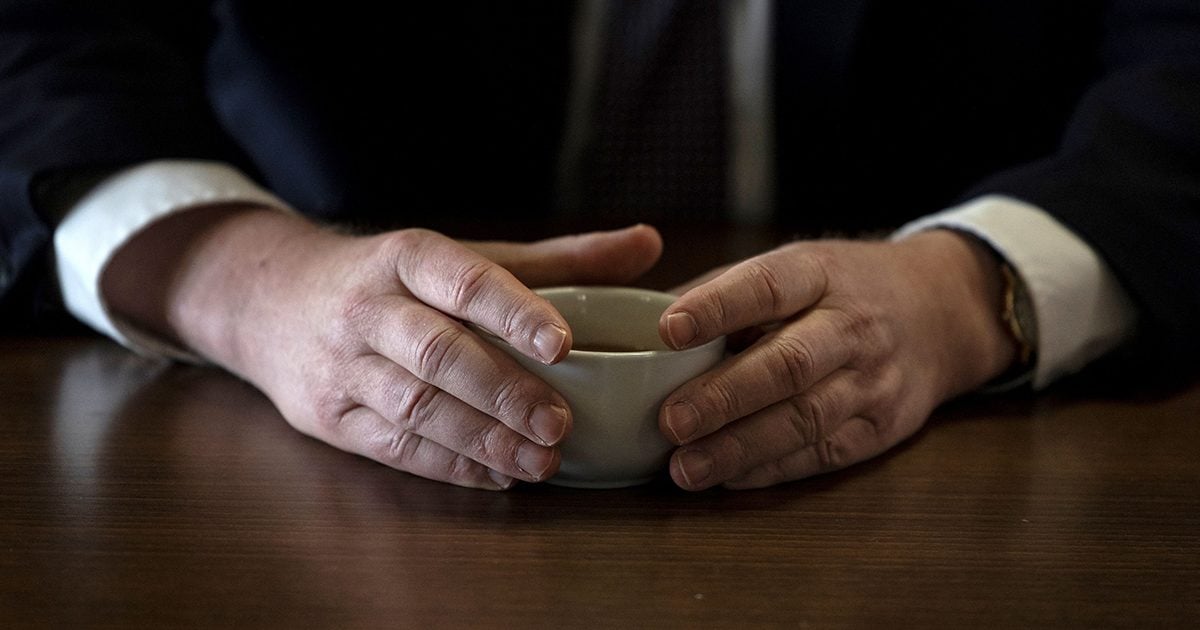Check Your Nails for Skin Cancer
- When it comes to examining yourself for skin cancer, it's natural to check your skin and moles. But the American Academy of Dermatology is recommending that you check your nails for signs of skin cancer too.
- While checking your nails for melanoma skin cancer, look for things like dark streaks and nail splitting.
- If you see one or any of these indications of skin cancer when examining your nails, don't jump to the conclusion that you have cancer, but definitely get it checked out.
While rare, skin cancer, including melanoma the deadliest form of skin cancer can develop under and around your fingernails and toenails. (Skin cancer is the most common of all cancers; melanoma accounts for only about 1% of skin cancers but causes a large number of skin cancer deaths.)
Read More- Dark streak: This could look like a brown or black band in the nail, according to AAD, oftentimes on the thumb or big toe of your dominant hand or foot. But a dark streak can show up on any nail.
- Dark skin next to your nail: When the skin around your nail becomes darker, it could be a sign of advanced melanoma.
- Nail lifting from your fingers or toes: When this happens, your nail starts to separate from the nail bed; the white free edge at the top of your nail will start to look longer as the nail lifts.
- Nail splitting
- Nodule or bump under your nails: It's possible you could also see a band of color on your nail; it could be wide and irregular, or dark and narrow.
Related: Get Your Moles Evaluated to Rule Out Melanoma
Dr. Dendy Engelman, a board-certified dermatologic surgeon and associate at Manhattan Dermatology and Cosmetic Surgery, tells SurvivorNet it's also possible that getting your nails done at the salon could increase skin cancer risk.
"The reality is, if we have our hands or feet under these ultraviolet lamps without protection, we're exposing the dorsum of the hands or foot, the skin around the nails, to this UV light," she says. "That, over time, can increase our risk of skin cancer."
But hang on, there's a catch.
Related: Myth Busting: My Fingernails Have Streaks … Do I Have Cancer?
Nail Color is Not Itself an Indication of Skin Cancer
If you see one or any of these indications of skin cancer when examining your nails, don't jump to the conclusion that you have cancer. (But Engelman does note that any pigmented streaking of the fingernail should be evaluated by a doctor.)
"Subungual melanoma is a rare and often deadly type of melanoma," Engelman says. "This specific type of melanoma that occurs under the nail has fairly classic clinical findings with linear, darkly pigmented streaking of the nail and involvement of proximal nail fold or cuticle."
However, Engelman continues, nail color is not itself an indication of subungual melanoma, nor a reason to believe you may have other types of melanoma.
"Determining one's risk factor for melanoma solely on the color of the nail plate is neither helpful nor vetted in science," she adds. "There are many causative factors that can lead to discoloration in the nail. Melanoma of the nail does not mean nor predict that you will have melanoma elsewhere on the body, either."
So, while some fingernails streaks may be a sign of this one specific type of melanoma, fingernails are not an indicator of overall skin health; so it's important to be alert for other signs and symptoms, too, and get regular checks by your dermatologist.
Top 5 Ways to Protect Your Skin From Skin Cancer
How to Protect Your Skin
Engelman says that protecting your skin is easy with these simple steps:
- Sun avoidance during peak hours: This means from 10 a.m. to 2 p.m. It doesn't mean you should never go outside during the middle of the day, but make sure you're protected when you go outdoors.
- Cover your skin and eyes: Wearing a wide brim hat or sunglasses will protect your face, the top of your head, your ears and the delicate skin around your eyes.
- Wear an SPF of 30 or higher: Plenty of facial moisturizers have SPF built into them. Engelman also recommends reapplying every few hours, or after excessive sweating or swimming.
- Get an annual skin check: If you happen to notice anything out of the ordinary in between checks (like the signs outlined in this article), schedule an appointment to talk to your doctor as soon as possible.
- No-go to tanning beds: Tanning beds can significantly increase your risk of developing melanoma. If you feel like you're just too pale, Engelman recommends a sunless tanner.
Contributing: Daisy Melamed Sanders
Learn more about SurvivorNet's rigorous medical review process.


